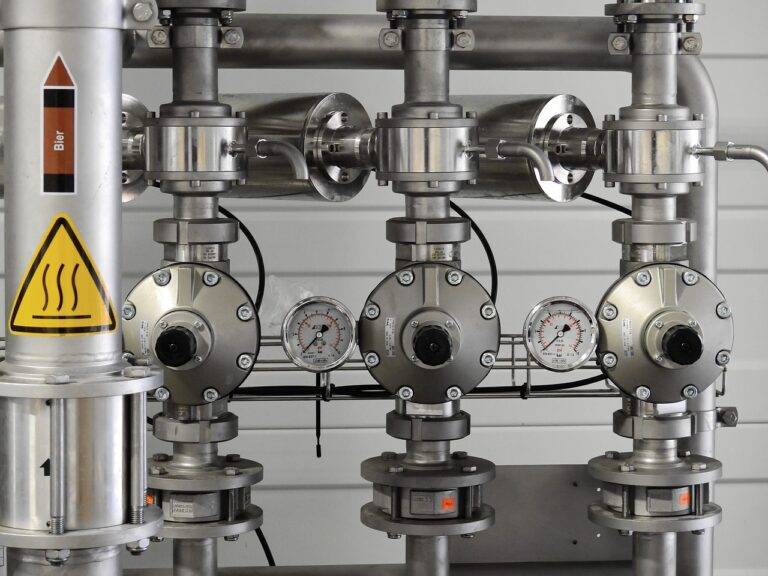Renewable Energy Technologies: Advancements and Challenges
Over the years, solar energy technology has witnessed significant advancements that have revolutionized the way we harness renewable energy. One of the key innovations in this field is the development of high-efficiency solar panels. These panels are designed to capture and convert a larger amount of sunlight into electricity, thus increasing the overall energy output of solar power systems.
Another notable advancement is the integration of energy storage solutions with solar power systems. This allows excess energy generated during the day to be stored for use during periods of low sunlight or high energy demand. The use of energy storage not only improves the reliability of solar power systems but also makes them more cost-effective and efficient in the long run.
Innovations in Wind Power Systems
One notable advancement in wind power systems is the development of larger and more efficient turbines. These modern turbines are capable of capturing more wind energy and generating higher power outputs than their predecessors. By increasing the size of the rotor blades and tower height, wind turbines can harness energy from higher altitudes where wind speeds are generally stronger and more consistent.
Another significant innovation in wind power technology is the integration of smart grid systems. This allows wind farms to be more interconnected and responsive to fluctuations in wind conditions and energy demands. By incorporating advanced sensors and control mechanisms, the overall efficiency and reliability of wind power systems have greatly improved, making them a more competitive and sustainable energy source.
What are some of the key advancements in wind power systems?
Some key advancements in wind power systems include the development of taller and more efficient wind turbines, the use of advanced materials for rotor blades, and the implementation of digital technologies for improved monitoring and control.
How do taller wind turbines improve energy generation?
Taller wind turbines can access higher wind speeds and generate more electricity. They also have longer blades, which increase the amount of energy that can be captured from the wind.
What role do advanced materials play in wind power systems?
Advanced materials, such as carbon fiber composites, are used in rotor blades to make them lighter, stronger, and more aerodynamic. This allows for greater energy capture and improved efficiency.
How do digital technologies enhance wind power systems?
Digital technologies, such as sensors and data analytics, enable real-time monitoring of wind turbines and predictive maintenance. This helps optimize performance, reduce downtime, and extend the lifespan of the equipment.
Are there any challenges associated with the adoption of these innovations in wind power systems?
Some challenges include the high upfront costs of installing new technology, the need for skilled technicians to maintain and operate advanced systems, and potential impacts on wildlife and the environment.





